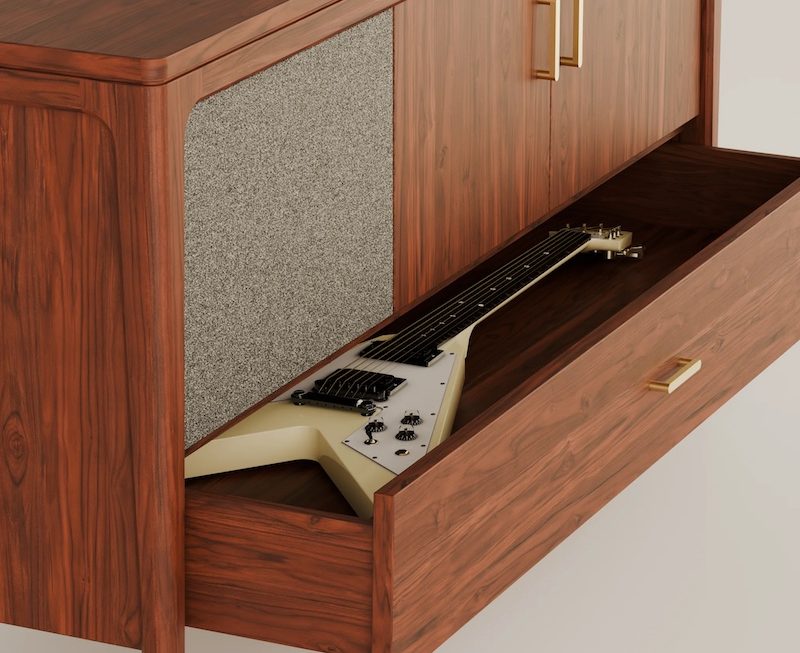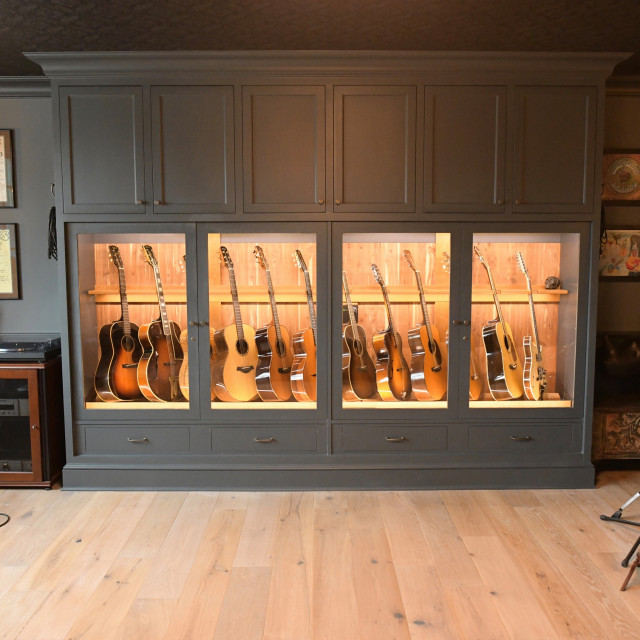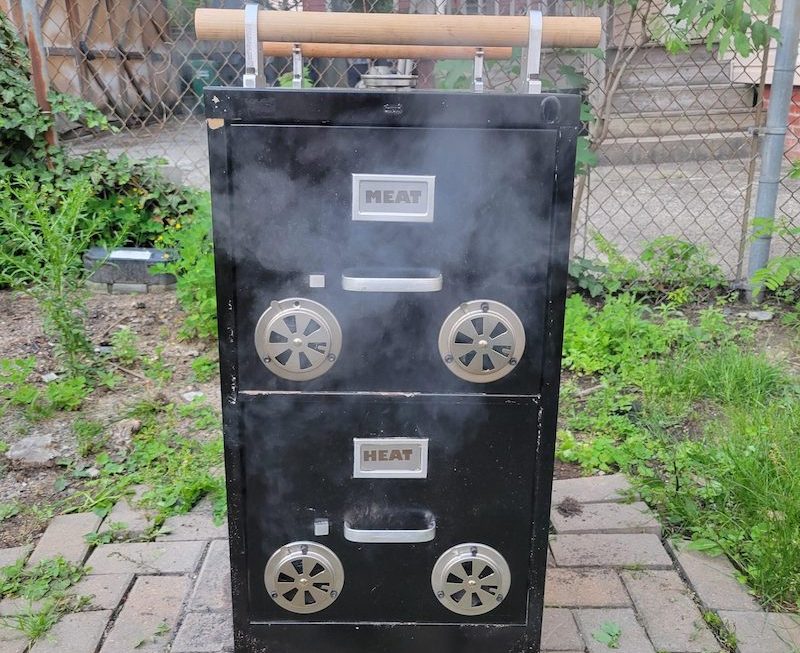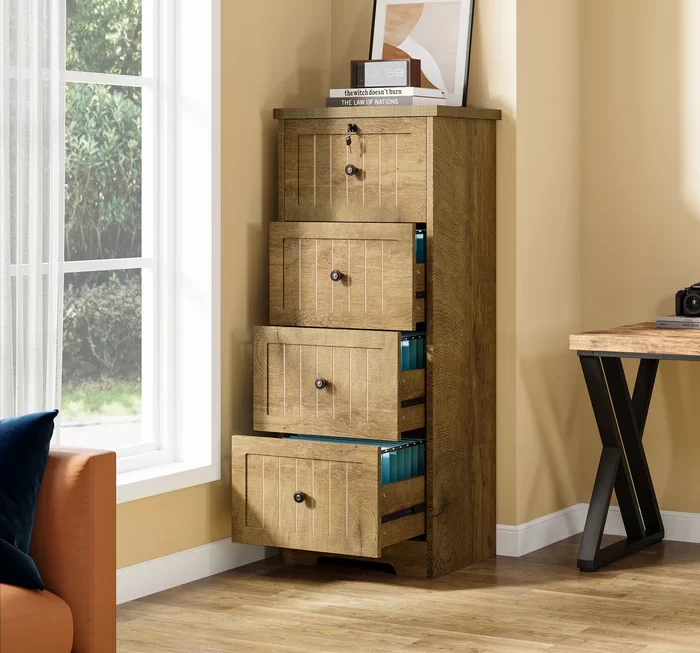Introduction
When it comes to creating the perfect guitar tone, there are many factors to consider. From the type of guitar and amplifier to the pedals and effects used, every element plays a crucial role in shaping the sound. One often overlooked component of a guitarist’s rig is the guitar cabinet. The cabinet, also known as a speaker enclosure, is where the sound from the amplifier is projected, and it can greatly impact the overall tone and performance. In this comprehensive guide, we’ll delve into the world of guitar cabinets, exploring everything from their construction and design to the different types and their impact on your sound.
Part 1: Understanding Guitar Cabinets
Level 1: What is a Guitar Cabinet?
A guitar cabinet is an integral part of a guitarist’s setup, serving as the housing for the speakers that reproduce the amplifier’s output. It can come in various sizes, configurations, and materials, each of which can affect the sound in different ways.
Level 2: The Role of a Guitar Cabinet in Shaping Tone
The construction and design of a guitar cabinet can have a significant impact on the overall tone. Factors such as the number and size of speakers, the type of wood used, and the cabinet’s overall construction can all influence the sound that is projected.
Part 2: Types of Guitar Cabinets
Level 1: Closed-Back Cabinets
Closed-back cabinets are constructed with a solid panel on the back, which can help produce a tighter and more focused sound. These cabinets are often favored for their punchy low-end response and reduced stage noise.
Level 2: Open-Back Cabinets
Open-back cabinets feature an open panel on the back, allowing the sound to disperse more freely. This can result in a more airy and spacious sound, making them well suited for cleaner tones and a sense of depth.
Part 3: Factors to Consider When Choosing a Guitar Cabinet
Level 1: Speaker Configuration
The configuration of speakers in a cabinet can greatly affect the tone. Options include single, dual, and quad speaker setups, each with their own unique characteristics and tonal qualities.
Level 2: Size and Portability
The size and weight of a guitar cabinet can impact its portability and practicality for gigging. Larger cabinets may offer more volume and presence, while smaller ones may be easier to transport.
Part 4: Guitar Cabinet Materials and Construction
Level 1: Wood Types
The type of wood used in a guitar cabinet can influence the overall tone. Common options include birch, pine, and MDF, each with its own sonic attributes.
Level 2: Cabinet Design and Construction
The design and construction of a guitar cabinet play a crucial role in determining its sound. Factors such as the thickness of the wood, internal bracing, and speaker mounting can all impact the overall performance.
Part 5: Enhancing Your Sound with Guitar Cabinets
Level 1: Using Multiple Cabinets
Stacking multiple cabinets can offer a larger sound with enhanced dispersion. This setup is popular among many iconic guitarists and can provide a powerful and immersive sound.
Level 2: Exploring Different Speaker Types
Various speaker types, such as vintage, modern, and high-powered, can all offer unique tonal characteristics. Understanding these differences can help you tailor your sound to suit your musical style.
Part 6: The Importance of Speaker Configuration in Guitar Cabinets
The speaker configuration in a guitar cabinet is a crucial factor in shaping the overall sound and tone of the amplifier. Typically, guitar cabinets come with a variety of speaker configurations, such as 1×12, 2×12, 4×12, and so on, each offering its own unique sonic characteristics.
The number and size of speakers in a cabinet can greatly impact the projection, dispersion, and overall output of the amplifier. For instance, a 1×12 configuration is popular for its portability and focused sound, making it suitable for smaller venues and recording environments. On the other hand, a 4×12 configuration is known for its powerful and wide-reaching sound, making it ideal for larger venues and live performances.
Additionally, different speaker types, such as cone materials and magnet types, can also affect the cabinet’s tonal qualities. For example, speakers with ceramic magnets tend to produce a more aggressive and punchy sound, while speakers with alnico magnets offer a smoother and more vintage-inspired tone.
Ultimately, the speaker configuration in a guitar cabinet plays a crucial role in shaping the overall sound of the amplifier, making it an important consideration for guitarists when choosing the right cabinet for their needs.
Part 7: Understanding Speaker Impedance in Guitar Cabinets
When it comes to guitar cabinets, speaker impedance is an important factor to consider. Speaker impedance is a measure of the speaker’s resistance to the electrical current produced by the amplifier. It is typically measured in ohms, with common values being 4 ohms, 8 ohms, and 16 ohms.
It’s important to match the speaker impedance of the cabinet to the output impedance of the amplifier to ensure proper power transfer and avoid damaging the equipment. Using a cabinet with a lower impedance than the amplifier’s output can result in excessive current flow and potential damage, while using a cabinet with a higher impedance can lead to a mismatch and inefficient power transfer.
In addition to matching impedance for safety and performance reasons, speaker impedance can also affect the overall tone and response of the amplifier. Different impedance values can impact the way the amplifier interacts with the speakers, resulting in variations in volume, sensitivity, and frequency response.
Understanding speaker impedance is vital for guitarists when selecting and using a guitar cabinet, as it can impact both the safety and performance of the amplifier. By ensuring the proper impedance matching, guitarists can maximize the potential of their equipment and achieve the desired tone and response from their cabinets.
Part 8: The Art of Cabinet Construction and Materials in Guitar Cabinets
The construction and materials used in guitar cabinets play a significant role in shaping the overall sound and performance of the amplifier. The design, build quality, and choice of materials can all have a profound impact on the tonal characteristics, resonance, and durability of the cabinet.
Cabinet construction typically involves using high-quality woods, such as birch, pine, and Baltic birch plywood, to ensure a rigid and acoustically resonant enclosure for the speakers. The overall design, including bracing, joinery, and damping materials, is also critical in reducing unwanted resonance and coloration of the sound.
Furthermore, the choice of grille cloth, hardware, and tolex covering can also influence the aesthetic and durability of the cabinet. Many manufacturers offer a wide range of custom options, allowing guitarists to personalize their cabinets to fit their individual style and preferences.
In addition to the sonic and visual considerations, the weight, size, and portability of the cabinet are also important factors to consider, particularly for gigging musicians. Manufacturers often seek to strike a balance between functionality and performance, offering lightweight and compact designs without compromising on sound quality and projection.
Ultimately, the art of cabinet construction and materials in guitar cabinets is a crucial aspect of creating an amplifier that not only sounds great but also stands the test of time. By paying attention to the design, materials, and construction methods, guitarists can ensure that their cabinets deliver the performance, reliability, and aesthetics they desire.
Conclusion
Guitar cabinets are an essential component of any guitarist’s rig, playing a pivotal role in shaping the overall tone and performance. By understanding the various types, factors to consider, and how to enhance your sound, you can make informed decisions when it comes to selecting the right cabinet for your needs. With the knowledge gained from this comprehensive guide, you’ll be well-equipped to explore and experiment with different cabinets to achieve the perfect sound for your playing style and musical preferences.





